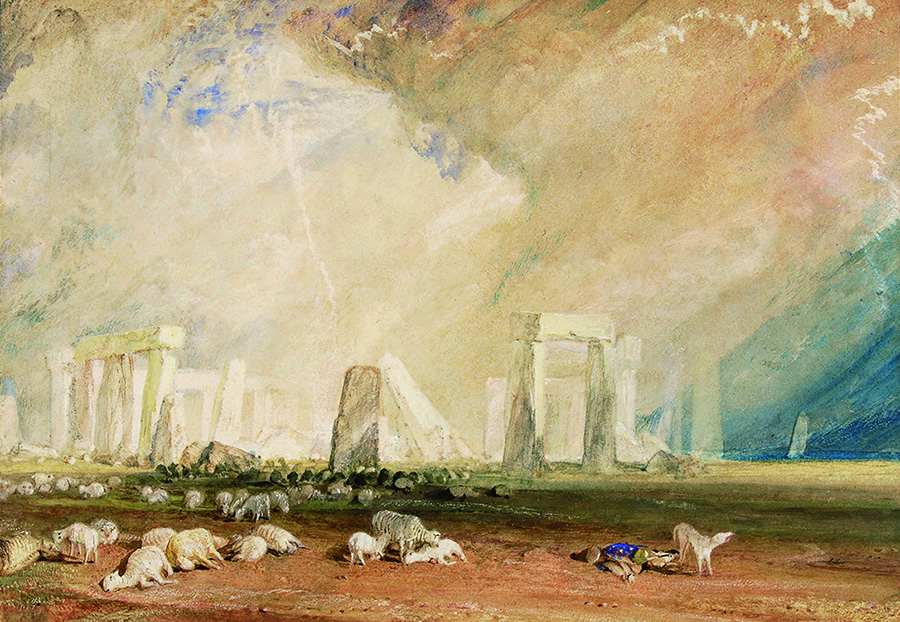J.M.W. Turner (1775-1851) remains among the most adored of British landscapists. His natural draftsman talent, in union with the hard work ethic of his time led to recognition and formal training at the Royal Academy of Arts, where he was elected to become one of the institution's esteemed Academicians in 1802. That year, Turner also embarked on the first of his many sketching tours of Europe, the results of which are, along with other works, presently on show at The Museum of Kyoto.
This is the second stop of four for "Turner and the Poetics of Landscape," which moves to Tokyo on April 24 after its Kyoto run. The focus is on the so-called British specialism of Turner's watercolors, his engravings and a smaller number of oils.
Landscape remained subordinate as a genre during Turner's youth, ranking below historical paintings, which chronicled events encapsulating human drama, myth and religion. But it was becoming popular, with painters such as Claude Lorrain (c. 1600-1682) and Richard Wilson (1714-1782) helping establish a taste for landscapes in league with other factors.

















With your current subscription plan you can comment on stories. However, before writing your first comment, please create a display name in the Profile section of your subscriber account page.